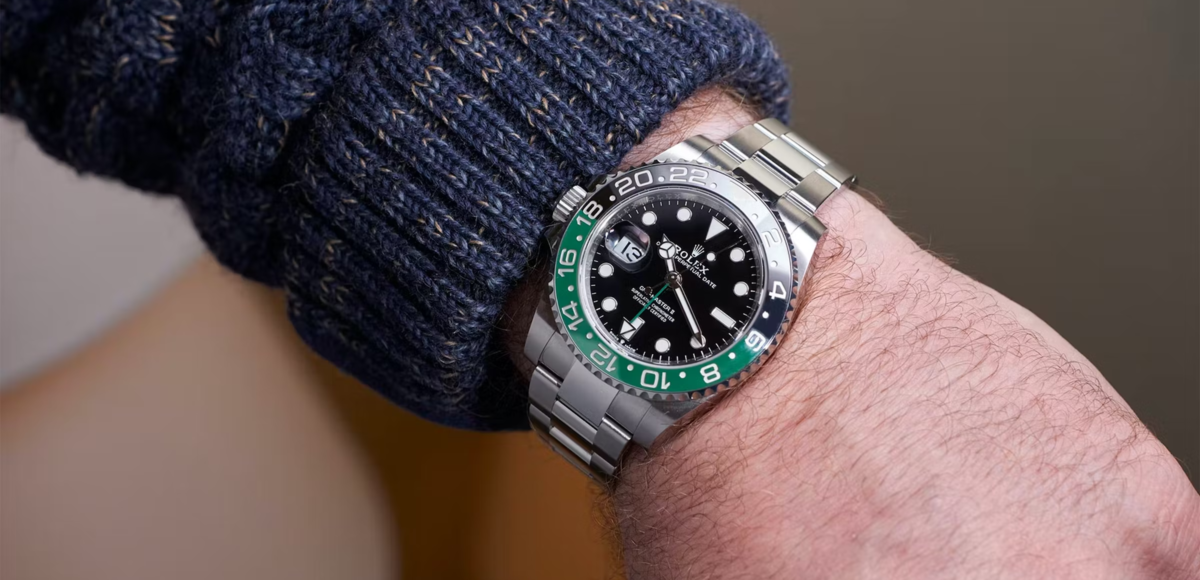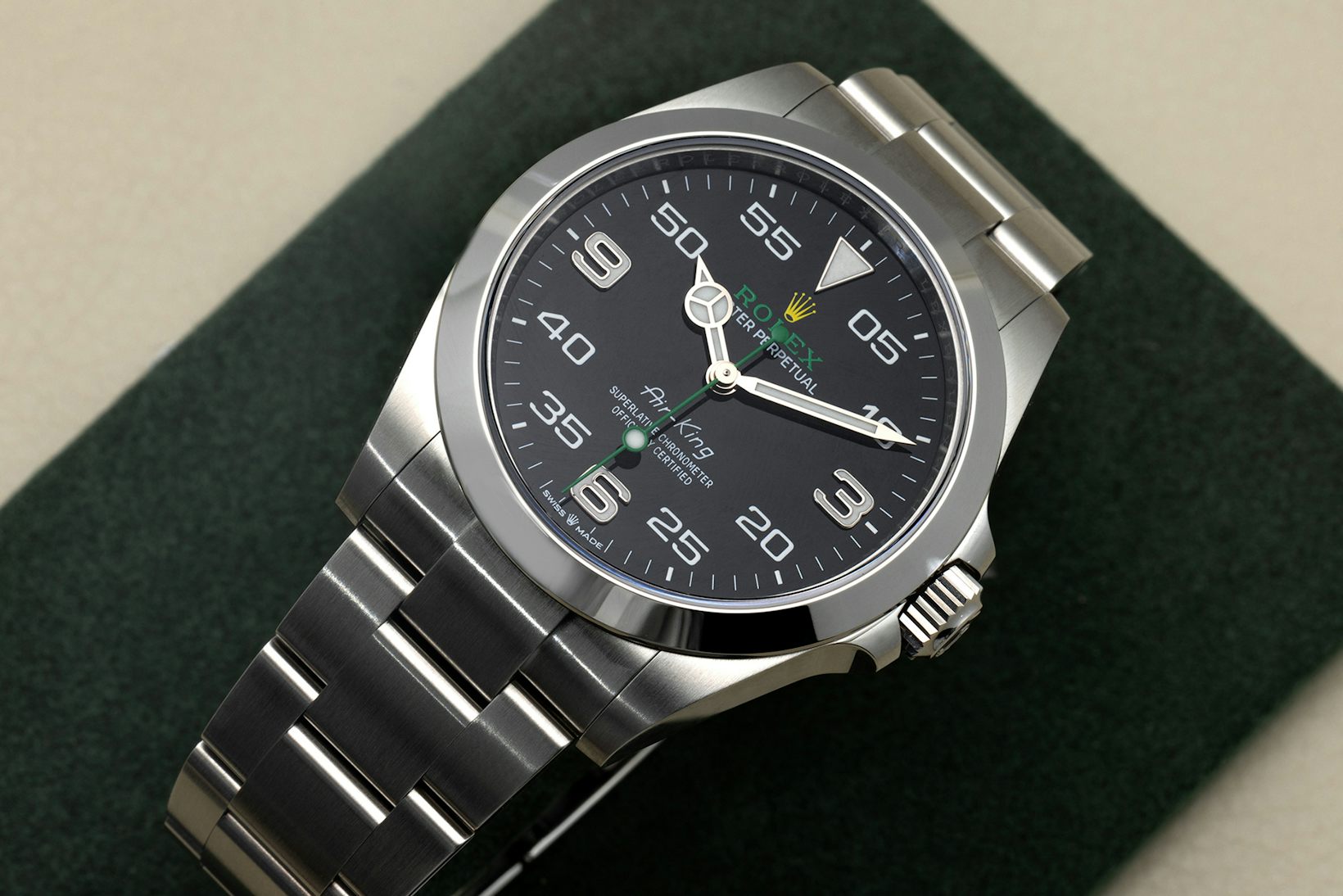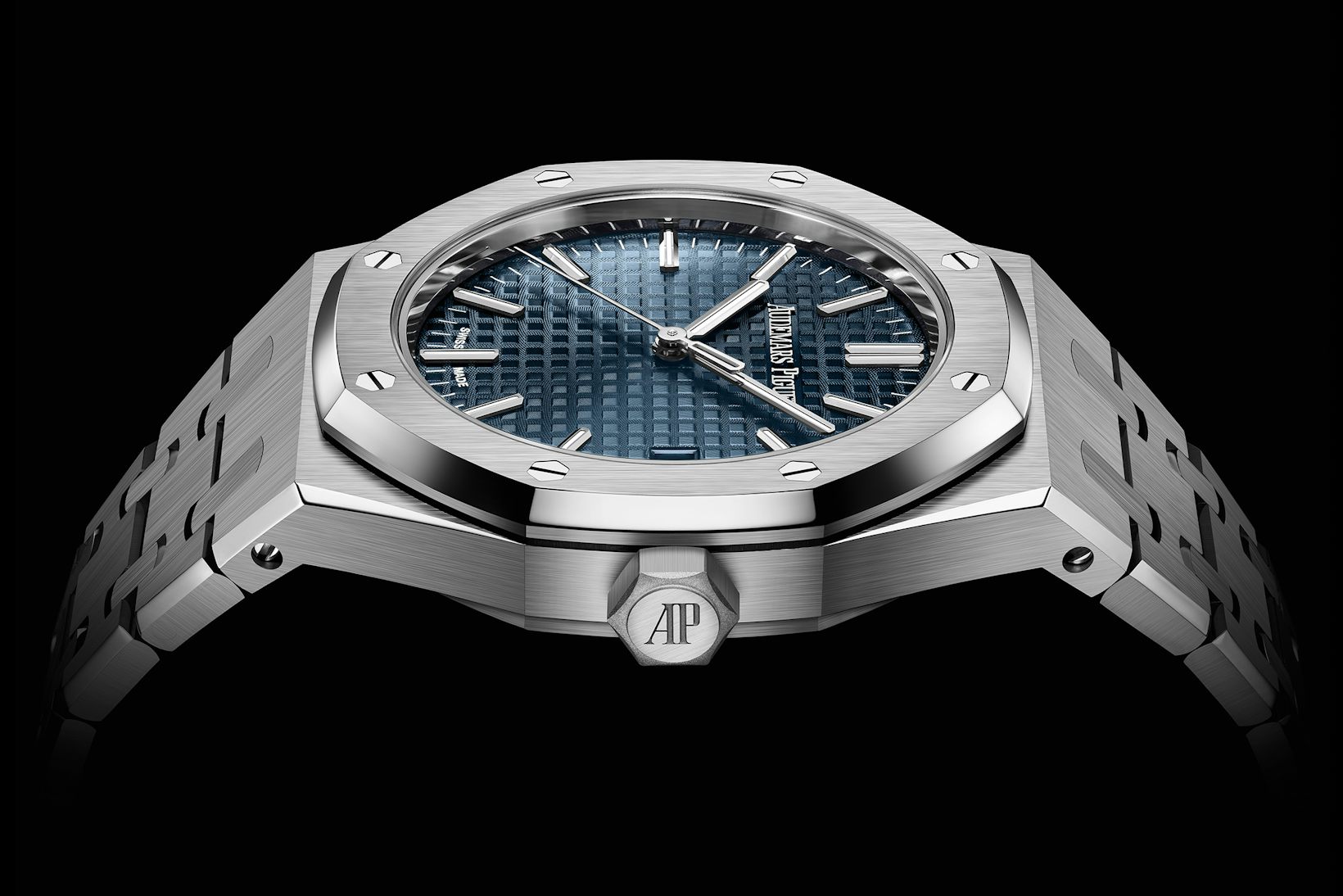Second Opinions: Are There Too Few Rolex Or Too Many Millionaires?
In which I discover the laws of supply and demand.
Originally published by Jack Forster on HODINKEE, July 12th 2022
Not long ago a subject came up in the comments which, well, comes up rather frequently in the comments: The continuing and apparently (I use the word advisedly) incurable shortage of certain stainless steel sports watches. The problem is not confined to Rolex nor to Audemars Piguet, although those two brands both have watches which have become poster children for a short or non-existent supply of watches available at retail (I say retail specifically because, as with anything else, you can have whatever you want as long as you are willing to pay for it).
Rolex, though not the only company tough to buy at retail, makes an interesting case study insofar as Rolex, when it comes to shortages, is the watch industry writ large. The fact that Rolex watches are difficult (not impossible, but difficult) to find at retail from an authorized dealer is well known and there have been endless discussions about the degree to which this may or may not be due to various factors. These include a deliberate holding-back by Rolex of watches from retailers (various hypotheses exist as to why the company might be doing that); deliberate hoarding of stock by retailers in order to increase street price; shortages in production due to pandemic-related factory closures; and so on. Rolex has said, officially, that the shortage is purely due to unprecedented demand. When the subject does come up in the comments readers sometimes express what I think is a natural skepticism over the idea that it is simply a matter of demand outstripping supply by a considerable margin – are there really that many more people who want a Rolex now than in, say, 2015, when I started at HODINKEE?
A good question.
Supply
The most pragmatic approach, it seemed to me, was to look at the simplest possibility first, which is that in fact, Rolex cannot produce as many watches as the market demands. Let’s start with the number of watches Rolex makes. A little outfit called The New York Times, which says it prints all the news that’s fit to print, ran a story in March of this year with the blunt title, “Why Are Rolex Watches Even More Expensive Right Now?” Rolex is a privately held company and does not disclose sales figures, as a matter of policy, however Alex Williams, writing for the Times, said, “The company made an estimated 1.05 million watches in 2021, according to a recent report by Morgan Stanley in collaboration with a Geneva-based firm, LuxeConsult, giving it an estimated 29 percent of the luxury Swiss watch market.”
The next question is whether or not this is significantly more or less than the production of Rolex watches in the past. The last year for which there is one hundred percent reliable data is 2015. The reason is that this is the last year that the COSC (Contrôle Officiel Suisse des Chronomètres, the agency which certifies chronometers) provided public figures on the number of chronometer certificates issued for each brand. At that time, Rolex was issued 795,716 chronometer certifications, and therefore was producing around 800,000 watches per year. If the figures for 2021 are accurate, that means Rolex produced about 25 percent more watches in 2021 than in 2015.
Demand
Ithen thought about the demand side of the question, which is harder to quantify. It would seem to be obvious that if demand has increased, it has done so for two basic reasons: An increase in the number of people who can afford luxury watches, and an increase in the number of people who desire luxury watches. A very crude number, but one which is still interesting to look at in light of the ongoing shortage of Rolex watches at retail, is the number of millionaires in the world.
As CNBC wrote in 2015, the answer to the question, “how many millionaires are there in the world,” depends on who you ask because there are different ways of defining “millionaire.” To keep things simple or at least consistent, the easiest thing to do, it seemed to me, was to consult a single source so that the criteria are consistent from one year to the next, and in the CNBC story the site quotes a Credit Suisse annual global wealth report as saying that there were 33.7 million millionaires in 2014. Credit Suisse reported that in 2021, on the other hand, there were 56 million millionaires. That’s an increase of about 70 percent.
If I assume that Rolex did, in fact, make roughly a million watches in 2021, and there are 56 million millionaires, and I assume that every one of them (a big assumption but perhaps you’ll allow it for the sake of argument) wants one Rolex – any Rolex – then Rolex is producing 1/56th of the actual yearly global demand. If we remember that some Rolex watches are going to be in much higher demand than others (steel Professional models, Daytonas) and that you don’t have to be a millionaire to want or afford a Rolex (at least at list) then it seems pretty clear unless I’ve missed something, why Rolex watches at retail are rare as hen’s teeth. That’s not the only part of the story though, which brings up the next, harder question.
How much of this is thanks to the Internet in general and Instagram in particular? I don’t know. However, I think it’s an interesting coincidence that Rolex posted its first Instagram image back in 2015, as well (I would like to say in celebration of my starting at HODINKEE, but yeah, no). Quoted, again, in The New York Times, several sources said, in “Instagram: A Watch Brand’s Best Friend,” that with our ability to expose ourselves with unprecedented speed and in unprecedented numbers to luxury watches, comes, natch, an explosion in demand for luxury watches. The author, Victoria Gomelsky, notes that whether or not the popularity of certain brands or models is a result of exposure on Instagram or just a reflection of existing popularity, is something of an open question.
Supply And Demand
Personally, I think that it’s sort of like the question of whether personality is nature (genetics) or nurture (environment); the saying is that genetics loads the gun and environment pulls the trigger. Rolex was by far the best-known luxury watch brand in the USA to begin with. Instagram launched in 2010, and in 2015 had about 370 million users. In 2021 the platform had nearly two billion users and even if the percentage of luxury watch posts hasn’t changed at all since 2015 (and I bet it has) that’s still an increase of 440 percent (if my kitchen arithmetic is right). Add to that the fact that it is not just full-on millionaires who would like to be able to walk into an authorized retailer and buy a Rolex and you start to understand why the most in-demand models are kind of thin on the ground – as Hannibal Lecter says in Silence Of The Lambs, “we covet what we see every day.” Especially if an algorithm is feeding it to us fifty times a day.
I guess the only other question is whether or not this situation is going to persist indefinitely, and my college degree is in art and philosophy so I’m not going to guess. The problem with making predictions is that we’re talking about a lot of increased wealth chasing an apparently fixed amount of asset (and there is still a lot of wealth out there despite the fact that, as Bloomberg put it, “crypto bros are being carried out on their shields“) but people buy watches out of desire, not necessity, which is the Hidden Variable in the whole problem. But at least as far as the shortage goes, it seems to me that why we have one is pretty clear. More than ever, recent headwinds notwithstanding, there are more people than ever who want what fine watchmaking has to offer and are willing and able to pay for it.
Get More Articles Like This in Your Inbox
We're constantly creating great content like this. So, why not get it delivered directly to your inbox? By subscribing you agree to our Privacy Policy but you can unsubscribe at any time.









